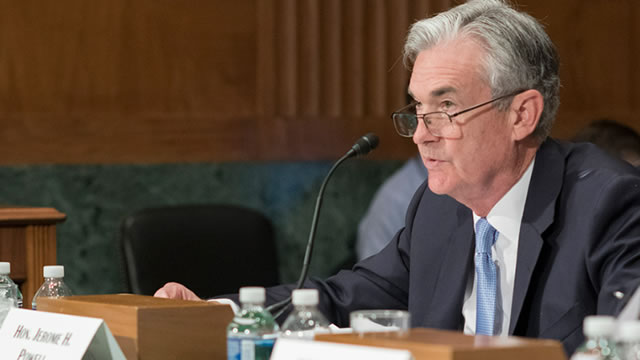The Fed’s Inclusive Employment Strategy: A Double-Edged Sword for Inflation
In recent times, economists have been raising red flags about the Federal Reserve’s (Fed) “inclusive” employment strategy. The concern is that this approach, aimed at boosting labor market participation, might be contributing significantly to the staggering inflation we’re experiencing. Let’s delve deeper into this intriguing economic conundrum.
What is the Inclusive Employment Strategy?
The inclusive employment strategy, also known as the Full Employment Mandate, is a monetary policy goal set by the Federal Reserve. It aims to maintain a strong labor market by keeping the unemployment rate low and stable, ideally around 4-5%. This strategy ensures that everyone who wants to work can find a job, and those who are employed have job security and fair compensation.
How is it Linked to Inflation?
The connection between the inclusive employment strategy and inflation comes down to supply and demand. When the unemployment rate is low, there are fewer unemployed workers looking for jobs. As a result, businesses have to compete for talent, offering higher wages to attract and retain employees. This increase in wages, in turn, leads to higher production costs. To maintain profitability, businesses may choose to pass these increased costs onto consumers in the form of higher prices for goods and services, leading to inflation.
Impact on Consumers: Rising Prices
For consumers, the consequences of this inflation can be felt in many areas of their daily lives. Prices for essentials like food, housing, and energy are on the rise. According to the U.S. Bureau of Labor Statistics, the Consumer Price Index (CPI) increased by 0.4% in January 2023, with food and shelter being major contributors to the increase. This can put a strain on household budgets, making it more challenging for families to afford their basic needs.
- Food: Prices for groceries and dining out are increasing, putting pressure on families to adjust their budgets.
- Housing: Rent and mortgage payments are on the rise, making it more difficult for some people to afford a place to live.
- Energy: The cost of electricity, natural gas, and other energy sources is increasing, adding to the overall cost of living.
Impact on the World: Global Economic Instability
The consequences of the Fed’s inclusive employment strategy and inflation are not limited to the United States. The ripple effect can be felt around the world, as other countries experience similar challenges. Rising inflation in one country can lead to currency devaluation, making it more expensive for other countries to import goods. This can lead to trade tensions and economic instability.
What’s Next?
As the debate around the Fed’s inclusive employment strategy and its impact on inflation continues, policymakers are exploring various solutions. Some economists suggest that the Fed should reconsider its focus on employment at the expense of inflation. Others propose a more targeted approach, such as increasing interest rates to help curb inflation while maintaining a strong labor market. In the meantime, consumers and businesses must adapt to the changing economic landscape, finding ways to manage their costs and maintain profitability.
In conclusion, the Fed’s inclusive employment strategy, while well-intentioned, may be contributing to the current inflationary pressures. The consequences of this inflation can be felt by individuals through rising prices for essentials and by the global economy through instability. As the situation continues to evolve, it is crucial for policymakers, consumers, and businesses to stay informed and adapt to the changing economic landscape.
Stay tuned for more insights on the latest economic trends and how they may impact your daily life. Until then, keep exploring, learning, and growing!





